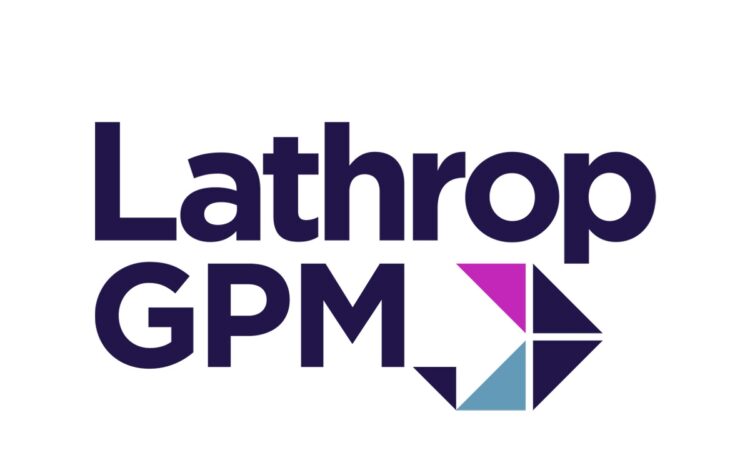
The European Union’s (“EU”) “Markets in Crypto-Assets Regulation” (“MiCAR”) defines crypto-assets as digital assets that may depend on cryptography and exist on a distributed ledger. A basic taxonomy distinguishes between (1) payment tokens (those that are a means of exchange or payment), (2) investment tokens (those that have profit rights attached), and (3) utility tokens (those which enable access to a specific product or service).
MiCAR is expected to be implemented in 2024. Specifically, MiCAR will become applicable for issuers of ARTs and issuers of EMTs on June 30, 2024, and for issuers of utility tokens and crypto asset service providers (“CASPs”) at the end of December 2024. A transition period is provided for CASPs operating within national law before the date of application (18 months after entry into force) or until authorization has been granted, whichever is sooner (subject to member state discretion).
MiCAR would establish harmonized rules for crypto-assets in the EU level, thereby providing legal certainty for crypto-assets not covered by existing EU legislation. By enhancing the protection of consumers and investors as well as financial stability, the regulation is intended to promote innovation and the use of crypto-assets.
MiCAR identifies and covers three types of crypto-assets, namely asset-referenced tokens, multiple currencies or commodities or other crypto-assets (“ART”), electronic money tokens, or single official currencies (“EMT”), and other crypto-assets not covered by existing EU law. The legislation would regulate the issuance and trading of crypto-assets as well as the management of the underlying assets, when applicable, with additional regulatory rules aimed at “significant” ART and EMT. MiCAR aims at securing liquidity and redemption and envisages the inclusion of the environmental impact of crypto-assets in communication to investors.
The European Parliament is of the view that, when crypto-assets are not covered by EU financial regulations, the absence of applicable rules to services related to such assets leaves consumers and investors exposed to substantial risks. In addition, the fact that some EU member states have put in place bespoke rules at the national level for crypto-assets that fall outside current EU regulation leads to regulatory fragmentation, which distorts competition in the EU, makes it more difficult for crypto-asset service providers to scale up their activities cross-border, and gives rise to regulatory arbitrage. Lastly, the crypto asset subset of “stablecoins” can raise additional challenges if it becomes widely adopted by consumers.
MiCAR aims to support innovation and fair competition by creating a framework for the issuance, and provision of services related to crypto-assets. In addition, it aims to ensure a high level of consumer and investor protection and market integrity in the crypto-asset markets, as well as address financial stability and monetary policy risks that could arise from a wide use of crypto-assets and distributed ledger technology-based solutions in financial markets.
Negotiations and related changes concerning the final version of MiCAR focused on (1) a more specific definition of crypto-assets and scope (in particular, clarifying that the new regulation would not apply to utility tokens unless offered for investment purposes), (2) defining ‘offerors’ of crypto-assets as a legal person who offers to the public any type of crypto-asset or seeks the admission of a crypto-asset to a trading platform for crypto-assets, (3) enhanced information provisions and supervision, suggesting the establishment of a single EU supervisor, (4) considerations relating to the environmental impact of crypto-assets, (5) expansion of MiCAR to offerors and service providers of crypto-assets, rather than to issuers only, and (6) reinforcement of safety measures. Those include the allocation of key reserves so that the assets are backed by the equal value of referencing currencies (1:1 rule), with seniority on the reserves given to crypto-assets holders. The issuer of crypto-assets also must provide a redemption plan in case of distress so that crypto-asset holders are guaranteed to receive equivalent currencies. Redemption is also without delay, avoiding liquidity issues. The issuer being present in the EU is a precondition to issuance.
MiCAR provides legal certainty for crypto-assets not covered by existing EU legislation, replacing existing national frameworks and establish uniform rules for crypto-assets in the EU. The regulation also provides specific rules for stablecoins, including when these are “e-money”.
[View source.]






